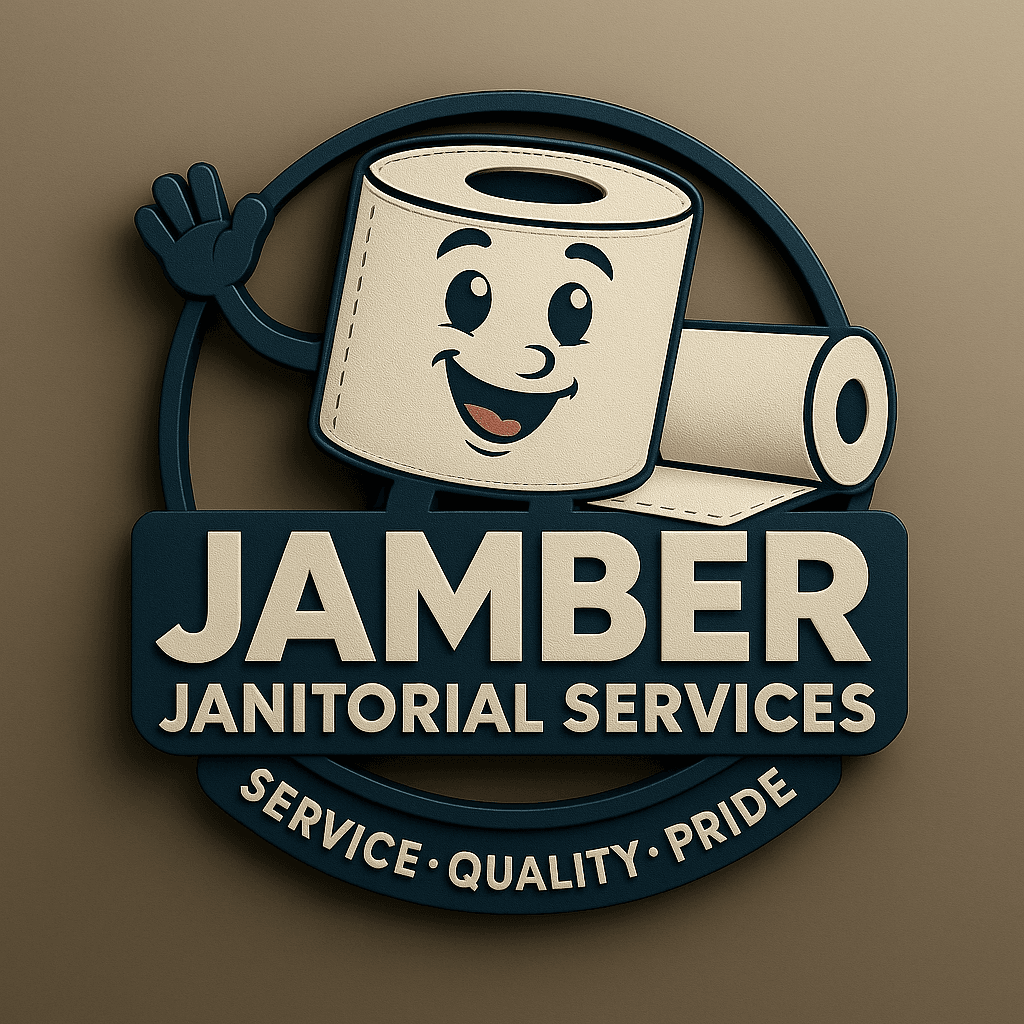Sustainable Tissue Paper Trends: Your Guide to a Future-Proof Purchase
Understanding the Importance of Sustainable Tissue Paper
As global awareness around environmental sustainability continues to grow, consumers are increasingly seeking products that align with their values. One such product is tissue paper, a household staple that has seen significant shifts towards sustainable production and consumption. Choosing sustainable tissue paper not only reduces the ecological footprint but also supports eco-friendly practices and businesses committed to environmental stewardship.

What Makes Tissue Paper Sustainable?
Sustainable tissue paper is characterized by several key factors. Firstly, it is typically made from recycled materials or sourced from responsibly managed forests. This ensures that the production process does not contribute to deforestation and minimizes waste. Additionally, sustainable tissue products often employ eco-friendly manufacturing techniques, which significantly reduce water and energy consumption.
Another important aspect is the use of non-toxic chemicals during production. Many brands are now opting for processes that avoid chlorine bleaching and other harmful chemicals, ensuring the final product is safe for both the environment and human health. By choosing these products, consumers can support companies that prioritize sustainability in their operations.
Key Benefits of Switching to Sustainable Options
The transition to sustainable tissue paper brings numerous benefits. Firstly, it significantly reduces environmental impact. By opting for recycled or sustainably sourced materials, consumers help decrease deforestation rates and conserve natural resources. Moreover, sustainable tissue production often results in lower greenhouse gas emissions compared to conventional methods.

Additionally, purchasing sustainable tissue paper supports a circular economy. This approach encourages recycling and responsible consumption, promoting a system where resources are reused rather than discarded. Supporting brands that embrace these principles helps drive industry-wide changes towards more sustainable practices.
Trends Shaping the Future of Tissue Paper
A growing trend in the tissue paper industry is the adoption of innovative technologies aimed at enhancing sustainability. For instance, many manufacturers are investing in water-saving technologies and energy-efficient processes to further reduce their environmental footprint. Furthermore, there is an increased focus on transparency and traceability, with companies providing detailed information about their sourcing and production practices.
Another trend is the rise of biodegradable and compostable tissue products. These products offer an additional layer of environmental consideration by breaking down naturally without leaving harmful residues, making them ideal for eco-conscious consumers.
How to Choose the Right Sustainable Tissue Paper
When selecting sustainable tissue paper, there are several factors to consider:
- Certification: Look for certifications such as FSC (Forest Stewardship Council) or PEFC (Programme for the Endorsement of Forest Certification), which ensure responsible sourcing.
- Material: Opt for products made from 100% recycled paper or those sourced from sustainably managed forests.
- Production Process: Check if the manufacturer uses eco-friendly processes with minimal chemical use.

The Role of Consumers in Driving Change
Consumers play a crucial role in shaping the market by demanding more sustainable options. By choosing eco-friendly products and supporting responsible brands, consumers can drive industry-wide change towards greener practices. This shift not only benefits the environment but also encourages companies to innovate and adopt sustainable methods as standard practice.
In conclusion, sustainable tissue paper is more than just a trend—it's a necessary step towards a more environmentally responsible future. By understanding the benefits and options available, consumers can make informed decisions that contribute positively to the planet.
